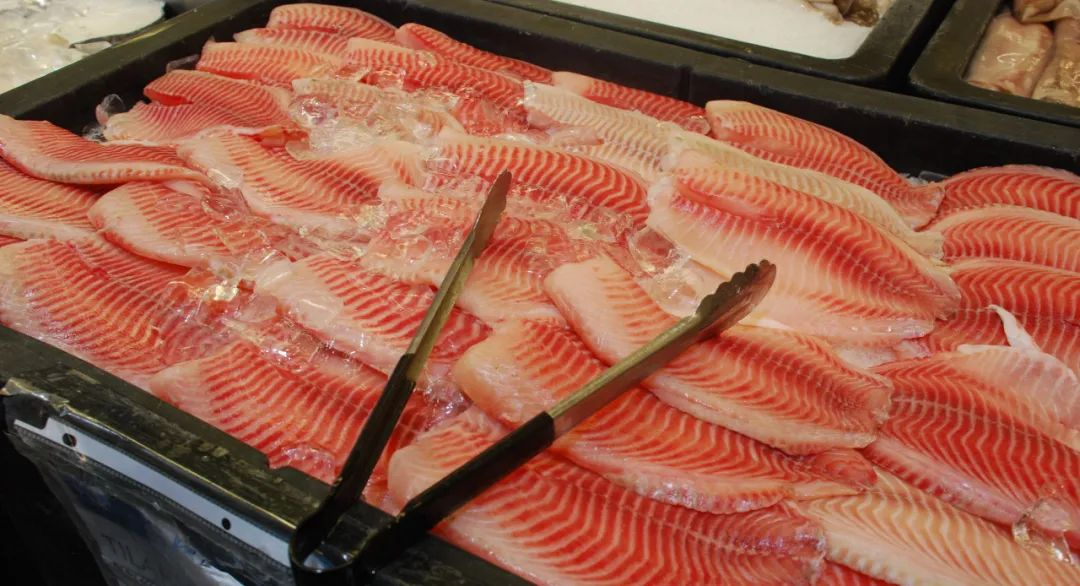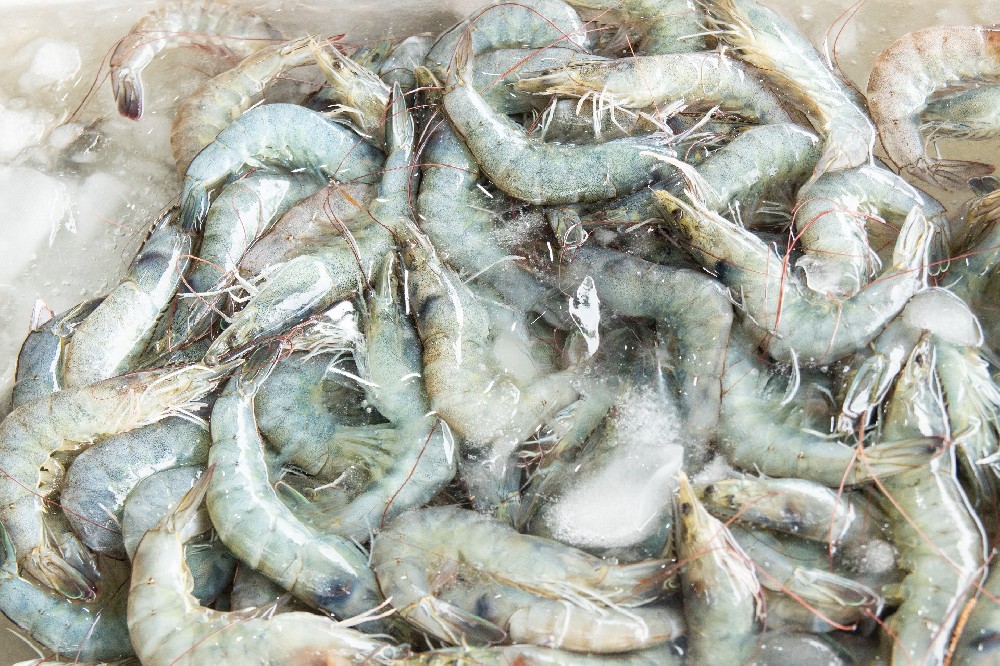Trump's re-election, global sea industry faces tariff "big test"

On November 6, 2024, Republican candidate Donald Trump announced that he had won the US presidential election and was successfully re-elected.At the same time, the Republican Party also controls the US Senate and House of Representatives, which means that Trump's future policies will be unimpeded.As he is about to take office on January 20 next year, the global trade community, especially the seafood industry, is beginning to worry about a new round of tariff storms that Trump may bring.

Trump mentioned trade policy many times during the election campaign, especially the issue of tariffs.He threatened to impose high tariffs on all imported goods, even proposing tariffs of up to 60% on China goods.While some of these comments have been interpreted as political intimidation, the global maritime industry has begun assessing the potential impact.Trump may try to renegotiate trade terms with manufacturing powers through trade wars, which will undoubtedly have a profound impact on the global seafood supply chain.
As one of the largest seafood consumer markets in the world, the United States imports a large amount of seafood.In 2023, the United States imported $25.8 billion worth of seafood, 80 percent of which came from imports.Trump's tariff policy, if implemented, could lead to a shift in the US market towards domestic production, thereby reducing dependence on imported seafood.However, domestic production of seafood in the United States is limited, accounting for only 15- 20 per cent of demand, so complete substitution for imports is not realistic.
Asian countries, especially China, as important seafood suppliers to the United States, may bear the brunt of tariff policies.In the past few years, the amount of seafood imported by the United States from China has dropped sharply due to the trade war.If Trump launches another trade war, China's seafood exports will face greater challenges.
In addition to China, Mexico is also an important supplier of seafood to the United States.A day before the election, Trump promised to impose a 25 percent tariff on all Mexican imports if he failed to stop illegal immigration and drug trafficking.This will further increase tensions in the U.S. seafood market, as Mexico is an important supplier of shrimp and tuna to the United States.

However, not everyone is pessimistic about Trump's tariff policy.Some U.S. industry insiders believe that the tariff increase may prompt importers to change their purchasing strategies and find new countries of origin and partners.Michael Davis, president of PanaPesca USA, an importer of frozen seafood in the United States, said that although tariffs will bring some challenges, the market will solve them by itself, and importers can go out and find new resources and partners.
It is worth noting that Trump may also lift the trade ban on Russia after taking office.This policy change will directly affect the competitive pattern of the US seafood market.Before the ban, Russia was one of the important seafood source countries in the United States, occupying a certain market share with its low price advantage.After lifting the ban, Russian seafood may once again enter the US market and compete with products from the United States and other countries.
-

Ecuadorian Shrimp-It's Not Easy To Love You
2024-07-04 -
The AI Lecture of Zhanjiang Chamber of Commerce was successfully held in Quanlian Centralized Procurement, helping the enterprise to upgrade its digital intelligence
2025-04-18 -
Tilapia Tariff Raised to 45%, U.S. Market Waiting for Change
2025-04-02 -
Into the Northwest Frozen Food Hub| All-Union Centralized Procurement Visits Lanzhou Jiaojiawan Frozen Market
2025-03-07 -
China's Ministry of Commerce's latest response to the US imposition of a 10% tariff on Chinese exports to the United States
2025-03-04 -
Ecuador shrimp industry new era, 2024 top ten shrimp enterprises list announced
2025-02-26













